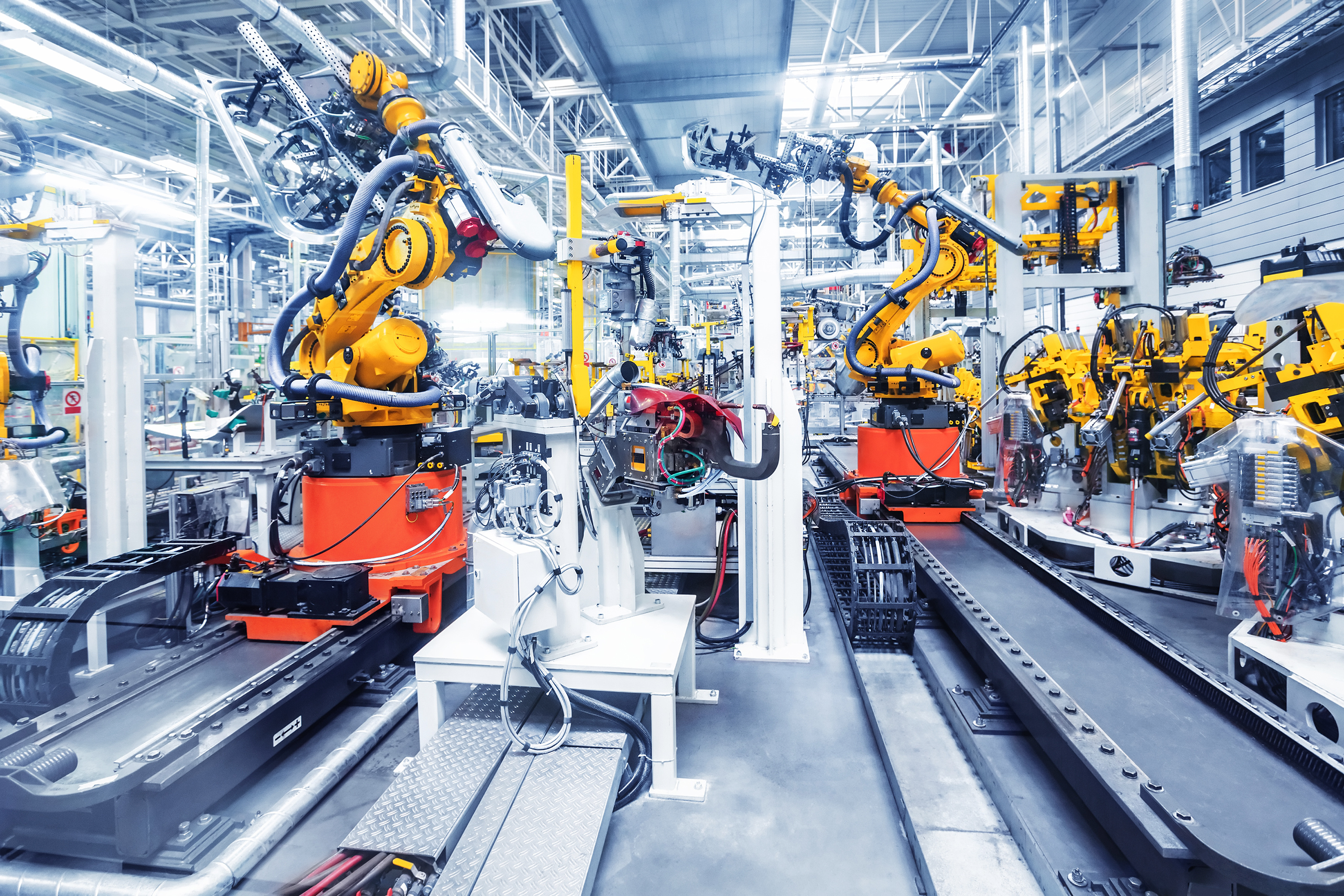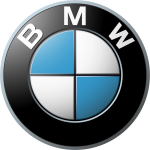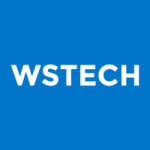Drive and automation technology
The digitalisation of drive and automation technology has a significant impact on manufacturing companies. While in drive technology is influenced by the ever increasing need to reduce CO2 emissions, in automation technology it is necessary to be able to flexibly design recurring work processes - with no or partial human involvement. In the course of digitisation, there are more and more fields of application that equally affect drive and automation technology.
In order for vehicles to be accepted as "suitable for everyday use", they must meet certain usage criteria (e.g. suitability for short journeys, occasional long journeys). Electrified powertrains, such as those used in plug-in hybrid electric vehicles (PHEV), perform this task satisfactorily. PHEV are based on classic hybrid electric vehicle concepts (HEV) with parallel or power split configurations. By using a larger battery and the option of external charging (via the power supply network, comparable to electric cars), the range can be significantly increased. This is not the case with HEV-powered automobiles.
When machines and machines network can link with each other, system processes can be designed more efficiently. This saves time and costs. Cost and time savings can also be achieved through energetic networking. Decentralised energy sources are currently finding their place in the industrial environment. If networked machines are controlled by targeted energy management, energy can be used exactly where it is needed at the time.
Research in drive and automation technology is essential for business and society. Sustainability, innovation and economy are the engines of a modern society. For this reason, we holistically optimise drive train configurations for plug-in hybrid vehicles and research in the field of direct current technologies to find effective solutions that significantly shape the state of the art.






























































